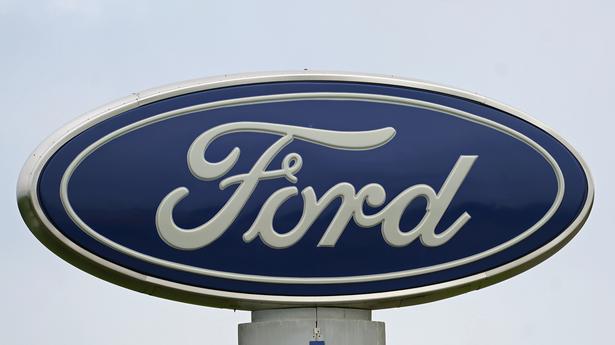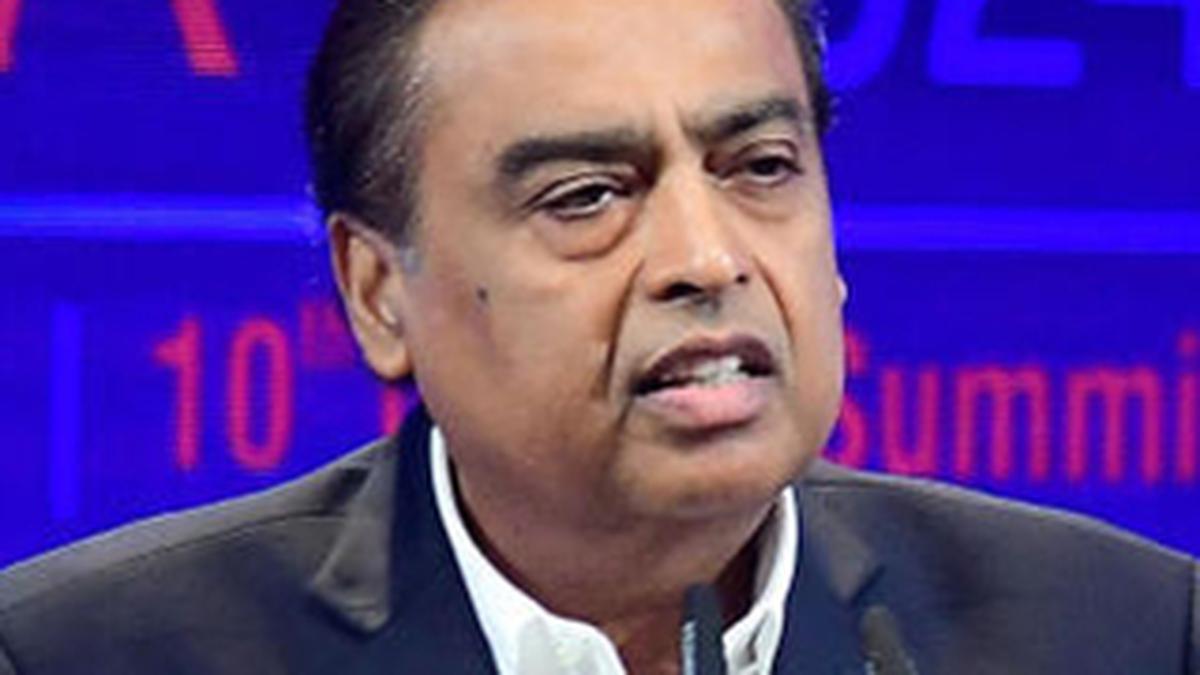Cashless transactions: A customer paying through UPI to avoid cash transactions at a medical store in Visakhapatnam
| Photo Credit: K.R. Deepak
On Tuesday, the cross-border connectivity between India’s Unified Payments Interface (UPI) and Singapore’s PayNow was launched. UPI is a popular mobile payment service which allows instant credit transfer from one bank account to another in India, while PayNow is its Singaporean equivalent. With the linkage, cross-border transfers between the two countries have become faster and cheaper.
The linkage marks a significant moment in India’s digital transactions journey. The value of cashless transactions, which was increasing at a healthy pace before the pandemic, got a fillip post the COVID-19 outbreak. According to data from the Bank for International Settlements (BIS), the total value of cashless payments was around $3 trillion by 2012. It doubled to $6 trillion by 2019 and jumped to $7 trillion by 2021 (Chart 1). Cashless payments as a percentage of GDP increased from 135% in 2012 to 193% in 2019 and to 209% by 2021.
Chart 1
Charts appear incomplete? Click to remove AMP mode
India is not alone in this progress. According to a recent brief published in BIS, the volume of cashless payments increased sharply by 34% in 2021 across emerging markets and developing economies including India and the value of such transactions increased by 15%.
Digital credit transfers, which include UPIs, RTGS, NEFT and IMPS, were a major reason for the surge in digital payments in India (Chart 2). Digital credit transfers formed about 20% of cashless payments by 2012. They increased to 70% in 2019 and further to 78% by 2021. Cheques, a famous form of cashless payment in India, are on their way out in the country.
Chart 2
The substitution of cheques with credit transfers was felt across most countries, though the drop in India was the sharpest (Chart 3). The chart shows the share of cheques in cashless payments across 14 countries over time. India’s drastic drop in the share of cheques in cashless payments (73% in 2012 to 13% in 2021) was the steepest among the countries. For instance, in Singapore, in the same period, the share reduced from around 62% to 32%. In other nations such as Canada and the U.S., the decline was less sharp compared to India’s.
Chart 3
This shows that India’s transition to credit transfers from cheques as a preferred mode of cashless payment was quicker than in many other countries. Chart 4 brings out this point further. It shows cheques and credit transfers as a share of cashless payments for select countries in 2021. India’s cheque: credit transfer ratio in cashless payments was around 15:80 in 2021, while that of the U.S. was 20:48 and that of Singapore was 32:52. However, countries such as Italy, Japan, France, Mexico and South Africa already had a very high share of credit transfers in their cashless payments, as their cheque penetration was lower to start with.
Chart 4
Credit, debit cards and e-money are other growing cashless systems in India. Chart 5 shows the share of credit, debit and e-money payments as a percentage of cashless payments (not including cheque or credit transfers). The share of e-money has grown significantly, though the usage of credit and debit cards continue to dominate.
Chart 5
Notably, while the number of Point-of-Sale (PoS) terminals has grown in India, the growth is still low compared to other BRICS countries (Chart 6). The chart shows PoS terminals per inhabitant in BRICS countries over time. While India’s number is lowest among the five, Brazil’s figures have increased significantly in the past few years.
Chart 6
vignesh.r@thehindu.co.in
Source: Bank for International Settlements, BIS published brief titled, “Digital payments make gains but cash remains”
Also read: Data | India transitions from money purse to digital wallets
Listen to our Data podcast: What do poor mathematics scores in school mean for tomorrow’s engineers? | Data Point podcast




